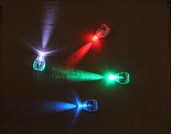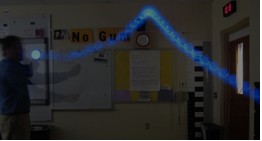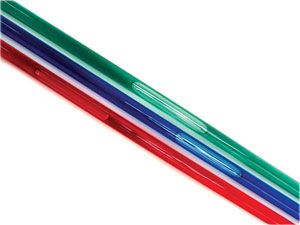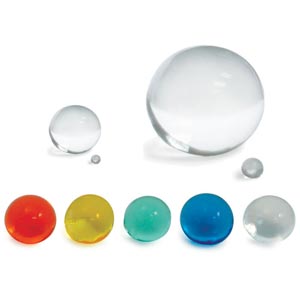 by: Bruce Yeany
by: Bruce Yeany
The micro LED lights known as Rave lights have become popular with students at dances and parties. With the lights turned down, kids have these lights on their hands or in gloves, and the results are totally awesome when they wave their hands around. Watching this phenomenon takes me back to the era of the disco ball and laser light shows. It became apparent to me that these little lights would be fantastic when incorporated into the study of motion. Using these lights and a digital camera, it would be fairly easy to record the motion of moving objects for closer study. Rolling, spinning , swinging, falling, projectile motion, etc. can all be captured using a camera and these little lights.
Can you figure out how these were done?





 Posted by Tami O'Connor
Posted by Tami O'Connor  by: Michelle Bertke
by: Michelle Bertke
 by: Cindy House
by: Cindy House
 by: John Fedors
by: John Fedors
 by: Tami O’Connor – Taken From Litetronics
by: Tami O’Connor – Taken From Litetronics